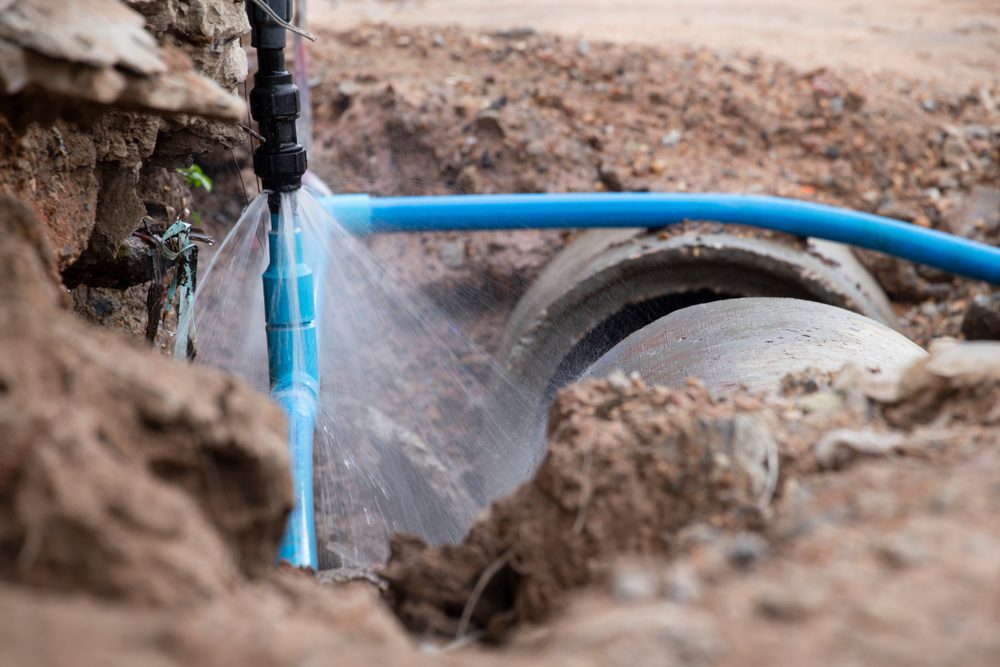For decades, the Great Salt Lake was thought to only house brine shrimp and brine flies, apart from bacteria and algae. Scientists recently found a third form of multicellular life that has remained hidden until now.

Researchers at the University of Utah have confirmed that there are worms of various species beneath the lake’s surface. They discovered this by breaking apart clumps of calcium carbonate mud called microbialites, built by microorganisms on the lake bed.
Explore Tomorrow's World from your inbox
Get the latest science, technology, and sustainability content delivered to your inbox.
I understand that by providing my email address, I agree to receive emails from Tomorrow's World Today. I understand that I may opt out of receiving such communications at any time.
Though nematodes live in almost every extreme environment on Earth, this is the most saline environment in which they’ve ever been discovered. Genetic analyses indicated that as many as 80 different nematodes were collected from brackish and hypersaline sites on the lake.
The team that discovered the worms was led by biologists Julie Jung and Michael Werner. They began the search for the creatures in 2021, rooting through water that is three to six times saltier than the ocean.
“At first it was just scooping up segment samples. But then once we noticed microbialites, we shoveled little chunks of them, tried to preserve the layers, and brought them back to the lab,” explains Jung.
The team used a powerful technique to separate macromolecules such as RNA, DNA, and proteins to identify live nematodes at every site from which they collected samples.
“I’d looked there myself for them, but I didn’t look in the same places… ” says biologist Byron Adams from Brigham Young University, who consulted on the discovery. “Even today we’re discovering these amazing things about this lake that’s been sitting on our doorstep for 170 years.”
Researchers suspect the hidden worms feed on the bacteria that create these mats. To determine how the worms survive, the team turned to the most studied roundworm – Caenorhabditis elegans.
The worms were fed either E. coli bacteria or the bacteria that live in microbial mats in the Great Salt Lake, which is 50 times saltier than C. elegans’ normal habitat. After five minutes, the worms fed on the E. coli had perished but those who were fed microbes from the Great Salt Lake survived for longer than 24 hours.
These results suggest that something about this particular diet allows the roundworms in the Great Salt Lake to survive.







